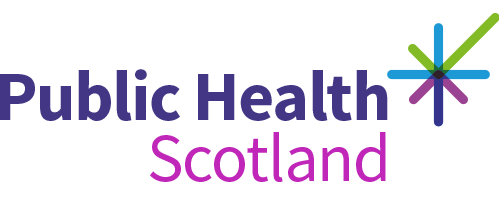Communities
The physical and social environment in which we live and work has an important influence on our health and wellbeing.
Positive aspects of communities that can nurture health and wellbeing include
- feelings of safety
- access to job opportunities
- access to affordable goods and services
- having places to meet people and socialise
- social networks and relationships with neighbours
- sense of belonging to the community and having influence and control.
Negative aspects of communities can include
- loneliness
- feeling unsafe
- lack of street life and sociability
- lack of a sense of control or purpose
- sense of feeling disconnected from community life.
Community empowerment (communities being given power to do things for themselves) and community engagement (being involved in decisions) can help increase these positive aspects.
The Community Empowerment (Scotland) Act 2015 provides new opportunities for communities to be involved in decision making at a local and national level. Being able to do this gives local people a sense of control over what happens where they live and work. It also helps find the right priorities for action. As a result, this approach can make a real difference to the health and wellbeing of a community.
You can also find out more about the community empowerment act and how power affects health inequalities on our power page.
Inequality in communities
The health protecting and health harming factors of communities are not equally distributed. Those living in deprived areas are likely to experience fewer of the positive benefits that communities can offer. They are also more likely to suffer the consequences of negative aspects of communities.
In order to have the greatest impact on reducing inequality, the deprived communities with fewest health protecting characteristics should be prioritised for support. If not, inequalities could actually widen. The third sector has a key role in ensuring communities have the skills and resources they need.
Examples of communities working together with the third sector and public agencies include
- resources such as the National Standards for Community Engagement (external website), which provide best practice guidance to help communities work well with public agencies
- our Community Food and Health (Scotland) (external website) initiative to ensure that everyone in Scotland has access to a healthy, affordable and acceptable diet
- the work of Community Planning Partnerships and Integrated Joint Boards – both are public bodies support communities by planning health and social care provision to meet their needs.
The Place Standard tool is being used within communities to engage local people on influence and sense of control to understand the full range of issues that matter to people.
